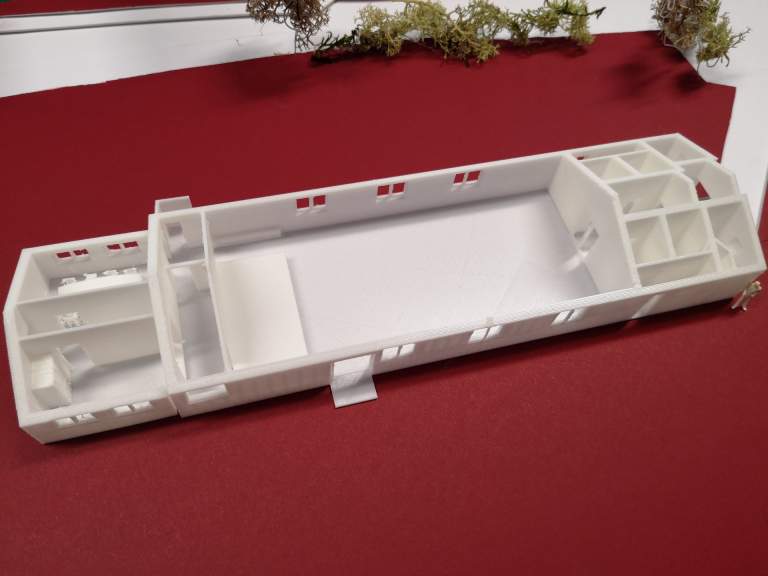Architecture in 2023 - What to Expect in the Year Ahead
It's difficult to predict the exact future of construction, but there are several trends that are likely to continue to shape the industry. One trend is the increasing use of automation and technology in construction. This could include the use of drones for surveying and inspection, the use of robots for tasks such as bricklaying and welding, and the use of virtual and augmented reality for design and planning.

Another trend is the growing emphasis on sustainability and eco-friendliness in construction, which could lead to the use of more energy-efficient materials and construction methods. Additionally, the construction industry is likely to continue to face challenges related to labour shortages and the need to attract and retain skilled workers, which could lead to the adoption of new training and recruitment approaches.
3D printing and other additive manufacturing techniques: 3D printing and other forms of additive manufacturing have the potential to revolutionize the way we design and construct buildings and other structures. These technologies allow for the creation of complex and customized structures using a wide range of materials, and could help to reduce the time, cost, and environmental impact of construction projects.

More emphasis on sustainability and energy efficiency: As concerns about climate change and resource depletion continue to grow, it is likely that there will be increasing pressure on the construction industry to adopt practices that are more sustainable and energy efficient. This could involve the use of renewable energy sources, the incorporation of energy-saving technologies into buildings, and the use of materials and techniques that minimize the environmental impact of construction projects.
Greater use of digital technologies: The construction industry is increasingly adopting digital technologies such as Building Information Modeling (BIM) and drones to improve the efficiency and accuracy of construction projects. These technologies allow for the creation of detailed digital models of buildings and other structures, which can help to reduce errors and improve communication between project stakeholders.

Sustainable and eco-friendly construction methods: As concerns about the environment and climate change continue to grow, it is likely that the construction industry will focus more on sustainable and eco-friendly practices, such as using recycled and renewable materials, reducing energy consumption and greenhouse gas emissions, and incorporating green infrastructure and technologies into buildings and infrastructure.
Continued development of advanced materials: Researchers and engineers are constantly working on developing new materials and technologies that can improve the performance, durability, and sustainability of construction projects. For example, researchers are developing advanced concrete mixes that are stronger, more resistant to cracking and corrosion, and more environmentally friendly than traditional concrete.
Integration of digital technologies: The use of digital technologies such as Building Information Modeling (BIM), drones, and virtual reality is likely to continue to grow in the construction industry, as these technologies can help improve project management, communication, and collaboration among team members, as well as reduce costs and increase efficiency.

